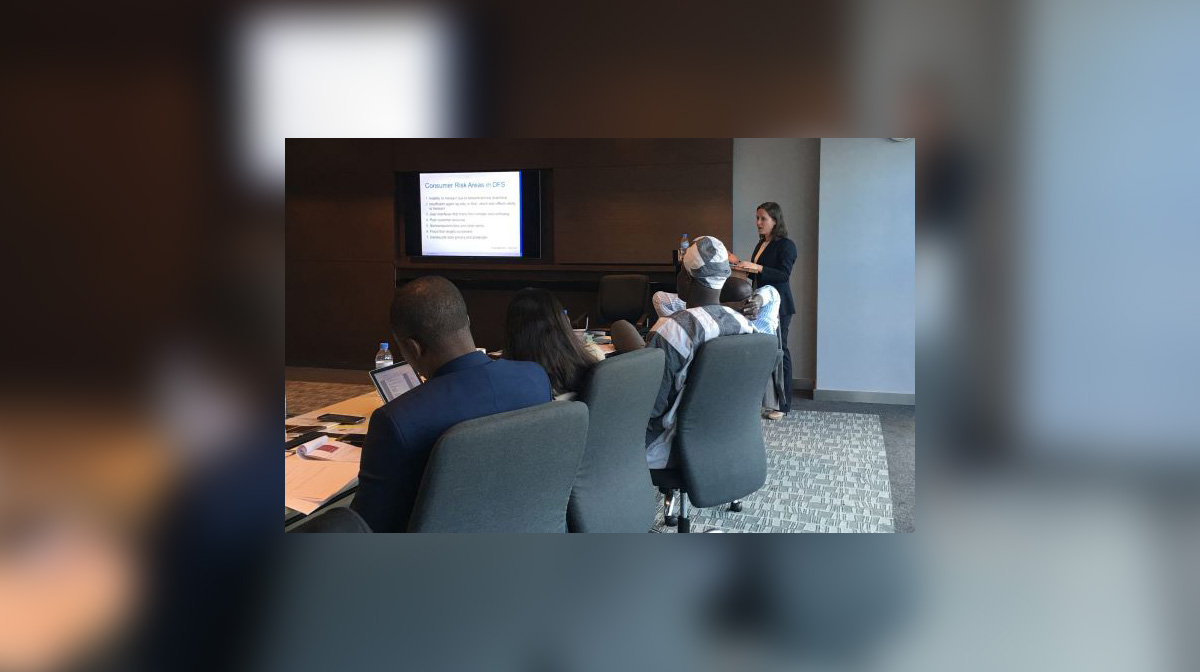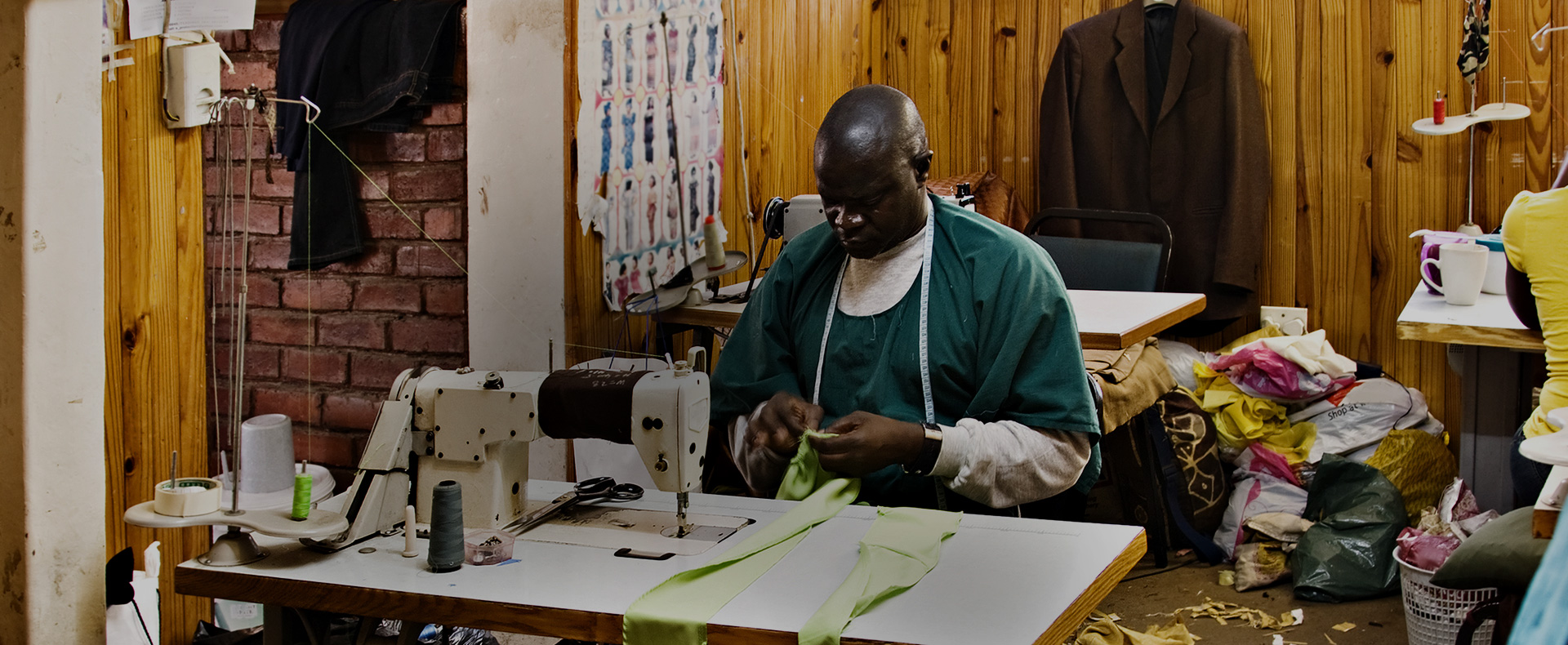The Model Legal Framework and Its Use by African Regulators

Photo above: Justyna Milewski (Washington, DC) addresses regulators during the consumer financial protection workshop in Kigali, Rwanda.
The Model Legal Framework (“MLF”) is a model consumer protection law and commentary that was drafted by a New Perimeter team of DLA Piper lawyers, in collaboration with Accion and the Partnership for Responsible Financial Inclusion. It is a document that has been disseminated around the world, translated into multiple languages and endorsed by leaders in the field, including the World Bank. But how does the MLF work in practice? Who can use it and how? Why is it important? The answers to those questions quickly became apparent during my trip to Kigali, Rwanda to present the MLF at a financial consumer protection workshop attended by regulators from Rwanda, Uganda, Ghana, Nigeria, Benin and the West African Economic and Monetary Union.
My involvement with the MLF began in 2017 when I joined New Perimeter’s team to help update the MLF, focusing on digital financial services that affect consumer protection. It was only when I arrived in Kigali for the Conference on the State of Financial Consumer Protection Regulation and Supervision in Africa that I realized how important those digital services truly are, particularly in developing countries where most individuals live in rural areas and cannot obtain financial consumer products without the help of agents and the use of technology.
The Conference began with the regulators sharing the current financial consumer landscape in their respective countries. It was enlightening to learn about the various stages of development in each country as well as each country’s focus on particular aspects of financial consumer regulation (e.g. development of a recourse mechanism, dissemination of public information through social media, and enhancement of prescriptive regulations, among others). Some countries had already passed a consumer protection law, some had just proposed a law to their parliament, while others were now focused on enforcement through the use of market conduct examiners and other tools.
The MLF fit right in to the discussion, no matter the stage of any particular country in its exploration and advancement of financial consumer protection. My workshop began with an explanation of the contents of the MLF, which covers the 7 client protection principles developed by the Smart Campaign (a global effort of microfinance leaders) and its members: fair treatment, transparency, responsible pricing, preventing over-indebtedness, appropriate products, complaint resolution and data privacy. The regulators then broke out into small groups to try a few exercises that demonstrate how the MLF can be used to bolster and strengthen a consumer protection regime. The participants worked on these exercises to get a glimpse of how they might be able to apply the MLF when they return home, both to identify any gaps that they might currently have in their regulatory landscape and also to understand the advantages of a certain regulatory approach over another.
Of course, as a first time traveler to Africa, I couldn’t leave Rwanda without exploring its beauty. I visited the Volcanoes National Park to see the playful and colorful golden monkeys, which were so much fun to watch! As the Rwandan adage goes, it certainly is “the land of 1000 hills”, but I was informed by the Rwandan participants that it is also “the land of 1000 opportunities”!
Increasing Financial Consumer Protection
